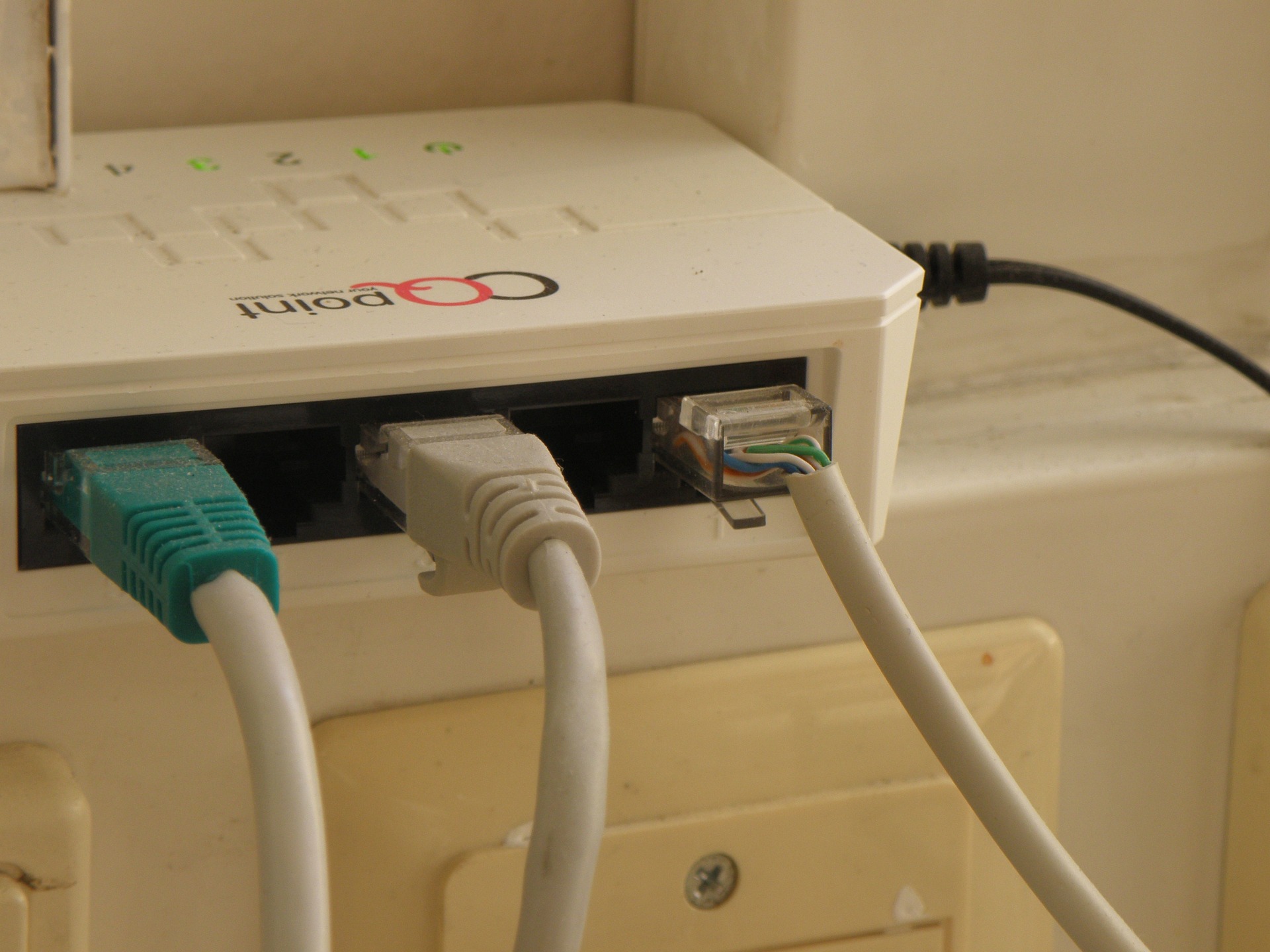Breaking Down the Wireless Power Transmission: A Revolution in Connectivity
The advent of wireless power transmission (WPT) has been nothing short of revolutionary. This advancement is projected to drastically reshape the way we consume and distribute power, particularly in the field of telecommunications and internet connectivity. This article delves deep into the underpinnings of WPT, its current trends, regulatory challenges, and potential impact on the connectivity landscape.

Understanding the Phenomenon: The Science Behind Wireless Power Transmission
Wireless power transmission, at its core, is the process of transmitting electrical energy from a power source to an electrical load without the use of physical connectors. The concept was first introduced by Nikola Tesla in the late 19th century, but it wasn’t until the 21st century that we saw the practical implementation of WPT in consumer electronics, such as wireless charging pads for smartphones.
The Shift in the Market: Current Trends in Wireless Power Transmission
The market for wireless power transmission is on a growth trajectory, driven by an increasing demand for convenient and efficient power solutions. The integration of WPT in consumer electronics is just the tip of the iceberg, with significant potential in various sectors, including electric vehicles, healthcare devices, and most notably, telecommunications.
Regulatory Hurdles: The Challenges of Implementing Wireless Power Transmission
While the prospects for WPT are exciting, the technology still faces numerous regulatory and technical challenges. For one, the lack of global standardization for WPT technology presents a significant obstacle. Moreover, issues related to efficiency, safety, and interference with other devices are also major concerns that need to be addressed.
The Connectivity Impact: Wireless Power Transmission in Telecommunications
In the context of telecommunications, WPT presents a promising solution to power constraints in telecom infrastructure. For instance, it can provide a consistent power supply to remote base stations, thereby enhancing network reliability. However, harnessing the full potential of WPT in this domain demands innovative solutions to overcome the existing technical and regulatory challenges.
Future Horizons: Wireless Power Transmission and the Internet
As we move towards a more connected world, the role of WPT in shaping the future of internet connectivity cannot be overstated. By providing a reliable power source, WPT can help overcome connectivity issues in remote areas and improve network reliability. However, as with any emerging technology, realizing these benefits will require continued research and development efforts, coupled with robust regulatory frameworks.
In conclusion, wireless power transmission is an exciting technological development with the potential to reshape the future of telecommunications and internet connectivity. While the path to widespread adoption is plagued with challenges, the potential benefits of WPT make it a promising field worth exploring.





